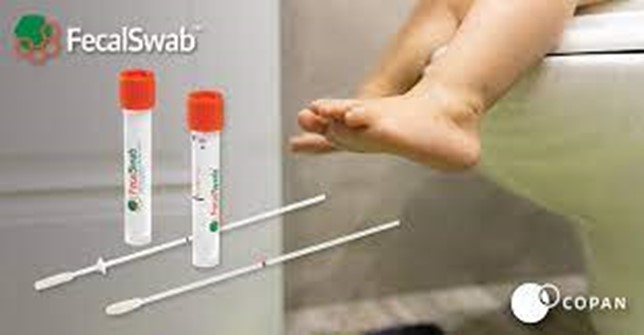A nurse is reinforcing teaching with the parents of a 10-week-old infant who is scheduled for surgical repair of a cleft lip. Which of the following pieces of information should the nurse include?
"You should give your baby a pacifier when she cries."
"Your baby will be placed in elbow restraints following surgery."
"Your baby cannot have anything by mouth until 2 hours after surgery."
"You should position your baby on her abdomen following surgery.".
The Correct Answer is B
The correct answer is choice b. “Your baby will be placed in elbow restraints following surgery.”
Choice A rationale:
Giving a pacifier to a baby after cleft lip surgery is generally not recommended as it can put pressure on the surgical site and potentially disrupt the healing process.
Choice B rationale:
Elbow restraints are used to prevent the infant from touching or rubbing the surgical site, which helps in protecting the stitches and ensuring proper healing.
Choice C rationale:
Infants are usually allowed to have fluids by mouth soon after surgery, often within a few hours, to ensure they stay hydrated and to monitor their ability to swallow.
Choice D rationale:
Positioning the baby on their abdomen is not recommended as it can put pressure on the surgical site. Instead, the baby should be positioned on their back or side to avoid any pressure on the repaired lip
Nursing Test Bank
Naxlex Comprehensive Predictor Exams
Related Questions
Correct Answer is A
Explanation
Choice A rationale:
Lethargy, or extreme fatigue and sluggishness, is a characteristic symptom of hypothyroidism. Hypothyroidism occurs due to an underactive thyroid gland, which leads to a decrease in metabolic activity and energy levels. Children with hypothyroidism often exhibit lethargy, weakness, and a lack of interest in activities. This is due to the reduced metabolic rate and overall slowing down of bodily functions.
Choice B rationale:
Diarrhea is not a common finding associated with hypothyroidism. In fact, hypothyroidism tends to slow down gastrointestinal motility, leading to constipation rather than diarrhea. Therefore, diarrhea is not expected as a symptom in a child with hypothyroidism.
Choice C rationale:
Tachycardia, an elevated heart rate, is not typically associated with hypothyroidism. Instead, hypothyroidism often leads to bradycardia (a slower-than-normal heart rate) due to the overall slowing of the body's metabolic processes.
Choice D rationale:
Hirsutism, which refers to excessive hair growth in areas where hair growth is typically seen in males, is not a common finding in hypothyroidism. Hirsutism is more commonly associated with hormonal imbalances such as polycystic ovary syndrome (PCOS) rather than hypothyroidism.
Correct Answer is A
Explanation
Choice A rationale:
Obtain the specimen by swabbing the infant's rectum using a sterile culture swab. This is the correct choice. When collecting a stool specimen from an infant, the rectal swab method is commonly used. A sterile culture swab helps prevent contamination and ensures accurate results for detecting the presence of ova and parasites in the stool.

Choice B rationale:
Place a urine collection device on the infant until the specimen is obtained. This choice is not appropriate for collecting a stool specimen. A urine collection device is used for collecting urine, not stool. The specimen for ova and parasites needs to be taken directly from the rectum or diaper to accurately identify any infestations.
Choice C rationale:
Transfer the specimen to the collection container using povidone-iodine-soaked gauze. While povidone-iodine is an antiseptic, it is not typically used to transfer stool specimens. Using a sterile swab or a clean, dry container is more suitable for collecting and transporting stool samples to the lab.
Choice D rationale:
Maintain the specimen at room temperature after collection until it is transferred to the lab. Stool specimens for ova and parasites usually require refrigeration to prevent the degradation and growth of potential pathogens. Room temperature might lead to the overgrowth of bacteria and parasites, affecting the accuracy of test results.
Whether you are a student looking to ace your exams or a practicing nurse seeking to enhance your expertise , our nursing education contents will empower you with the confidence and competence to make a difference in the lives of patients and become a respected leader in the healthcare field.
Visit Naxlex, invest in your future and unlock endless possibilities with our unparalleled nursing education contents today
Report Wrong Answer on the Current Question
Do you disagree with the answer? If yes, what is your expected answer? Explain.
Kindly be descriptive with the issue you are facing.
